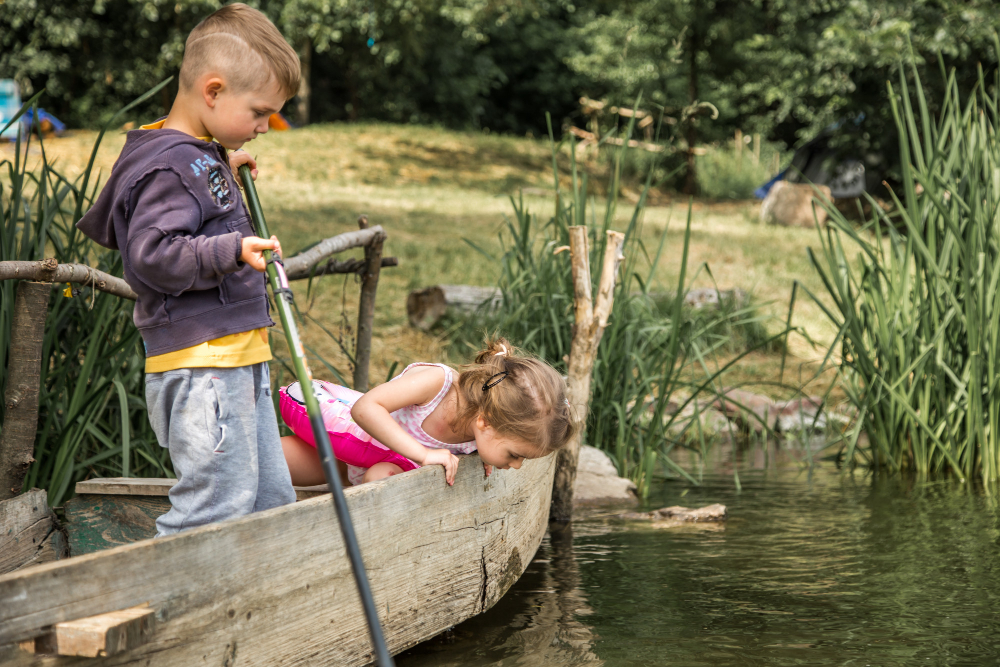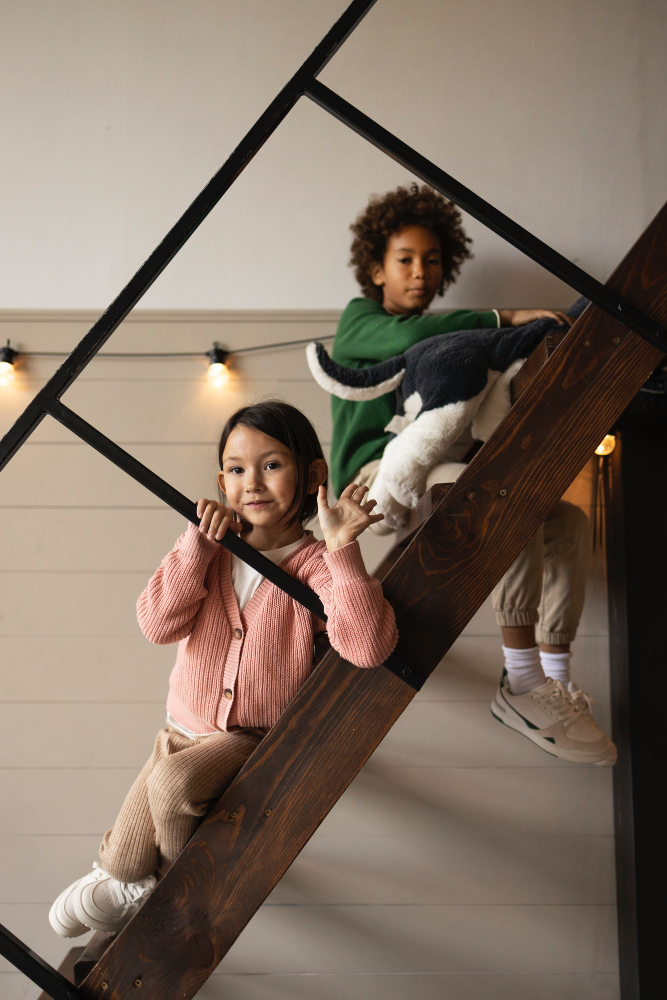Supportive Parenting for Anxious Childhood Emotions (SPACE) is a caregiver-led intervention model designed to help children with anxiety and related challenges by changing adult behaviour rather than demanding behavioural change from the child. Developed at the Yale Child Study Center, SPACE operates from the premise that reducing accommodation and overprotection can empower children to build emotional resilience. At its core, SPACE centres the caregiver–child relationship as the site of transformation, offering clear, consistent, and loving strategies to respond to distress while avoiding coercion or reactivity.
Benefits
SPACE provides a powerful paradigm shift by focusing on adult responses, rather than placing the burden of change on children. It offers caregivers practical scripts, validation tools, and strategies for reducing unhelpful accommodations while maintaining connection. SPACE has been shown to reduce child anxiety symptoms even when the child does not directly participate in therapy. For families navigating school refusal, separation anxiety, or selective mutism, SPACE can offer a path forward that honours the child’s fear while gradually shifting the environment to support autonomy and tolerance of distress.
Limitations
While SPACE centres relational safety, its implementation can still reflect ableist assumptions if applied without adaptation. In some contexts, reducing accommodation may be interpreted as reducing support altogether—especially if the child’s behaviour stems from neurodivergence rather than anxiety alone. SPACE may also rely on a neurotypical emotional rhythm that undervalues sensory needs, trauma responses, or nonverbal regulation strategies. Without training in disability-informed care, practitioners may unintentionally push families to withdraw supports that are actually vital for access and safety.
Best fit for
SPACE is particularly effective for children with anxiety, separation distress, obsessive-compulsive tendencies, and school-related avoidance. It can be especially helpful for families who feel trapped in high-accommodation patterns that are unsustainable or driven by fear. The model requires committed caregiver participation and works best when families have emotional bandwidth, access to consultation, and a safe home base to experiment with new relational strategies. SPACE may be less effective when the child’s distress is rooted in institutional harm or when caregivers face systemic barriers to consistency.
Disability justice alignment
SPACE opens important possibilities for shifting focus away from controlling the child to reflecting on adult regulation. This aligns with disability justice values of consent, relational attunement, and shared responsibility. However, SPACE must be adapted carefully for neurodivergent children, especially those with PDA profiles, sensory processing differences, or trauma histories. Reducing accommodation without simultaneously addressing systemic access barriers risks framing support as pathology.
When implemented through a disability justice lens, SPACE can affirm that trust-building, co-regulation, and reduced pressure are not signs of weakness, but acts of care. Practitioners must remain vigilant about whose comfort is prioritised, and ensure that the child’s experience of distress is contextualised—not pathologised or misread as manipulative. SPACE can serve as a powerful model for relational safety, but only when paired with structural humility and an unwavering commitment to child-led pace.
While the SPACE model does meaningfully move away from coercive exposure-based models and positions parental accommodation not as failure but as a modifiable, relational dynamic, the book and the broader clinical programme still reflect neuronormative undercurrents that many neurodivergent families find troubling. These include:
- A persistent framing of child anxiety as dysfunctional rather than as a legitimate response to environmental mismatch or systemic harm;
- Emphasis on independence and exposure as developmental goals, without sufficient interrogation of whether the demand itself is just, safe, or culturally appropriate;
- Limited acknowledgement of sensory processing, autistic burnout, or demand avoidance as valid experiences distinct from phobic avoidance;
- Treatment targets that may inadvertently frame self-regulation as a moral good, or construct parental protection as pathology even when the environment is in fact traumatic or ableist.
Many neurodivergent and PDA-informed families have expressed concern that SPACE—even while avoiding harsh behavioural methods—still orients parents toward extinguishing “accommodations,” which may in fact be survival supports. This can lead to retraumatisation, especially for children whose nervous systems are already overburdened.
Learn more
- Eli R. Lebowitz, Breaking Free of Child Anxiety and OCD
- Yale Child Study Center, SPACE Treatment Overview (www.spacetreatment.net)
- Kelly Mahler, Interoception and Self-Regulation











